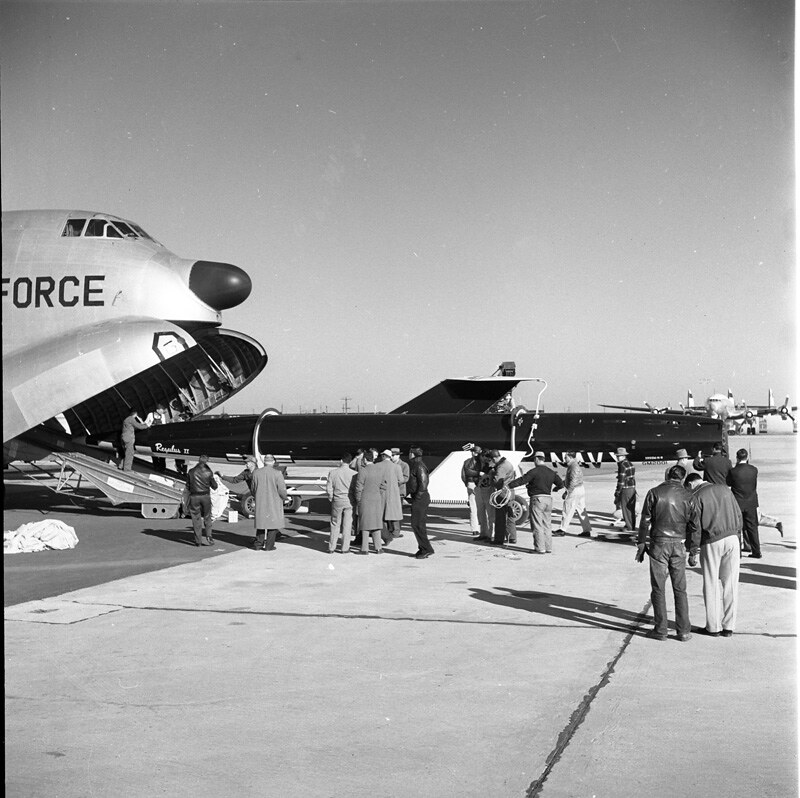Previously, the short life of XF7U-1 122472 was presented in this blog along with a photo feature. This post covers the second XF7U-1 BuNo 122473 with the few details available from it's accident summary.
Here is a shot of 122473 prior to it's first flight (VAHF Collection)
122473 first flew on February 15, 1949. It's brief life also included a wheels up landing just three days later on February 18, 1949. The wheels up landing resulted in repairs that grounded the aircraft until March 5, 1949 when it returned to flight status.
Two photos showing damage after the wheels up landing on February 18th. (USN Photos)
The aircraft started field carrier landing tests for flights 6 through 13. The short career of 122473 ended when it crashed on it's thirteenth flight.
Here are the details of 122473's final flight.
W. Millar, a CVA test pilot, took off from NAS Patuxent River, Maryland on March 14, 1949. The flight was to be a routine shakedown and the US Navy was going to take some aerial photographs of the jet. The photographic mission was accomplished and Millar broke off from the formation presumably entering the pattern to land.
The summary states: "Aircraft was never heard from again. Pilot never reported any difficulties." A widespread search of Chesapeake Bay was initiated and eventually pieces of the missing aircraft were located. The summary continues " From pieces of wreckage it was presumed that aircraft entered water gear down and slats out in a left roll."
The cause for the accident was never determined.






